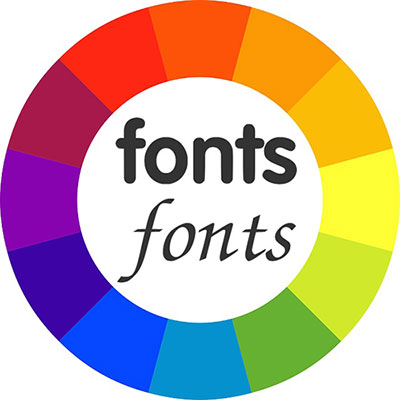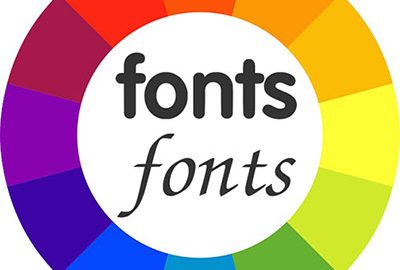We recently brought you our tips for creating an outstanding presentation folder, and we want to share a few more pointers on choosing the best fonts for your presentation. There are loads of options out there, and while there aren’t ‘rules’ per se, the guidelines below will help your presentation maintain its professionalism and readability while utilising eye-catching fonts.
The Basics: Serif vs. Sans Serif Fonts
Broadly speaking, there are two types of fonts. The first is serif, and is characterised by tiny flicks at the end of each letter. In contrast, a sans serif font is not punctuated by any flourishes at the end of the letter’s lines. You will never go wrong when pairing a serif and sans serif font together, because they provide enough contrast so that readers can easily differentiate between them.
Typically, a serif font works best for large portions of text on a handout or in a slideshow. Simply pair it with a sans serif font for your headings for a sharper look. This is true for business cards, as well. Go with a serif font for your name and/or company, and choose a sans serif font for your contact information. The result will be a sleek, premium business card.
Ornamental is OK in Moderation
Any headers you use, whether they’re on a poster or folder, need to be eye-catching. Because headers are short—typically just five to eight words—it’s fine to choose a more decorative font. Make sure that your font still reflects the tone of your presentation, though. Some fonts can look childish and silly—or stuffy and old-fashioned.
The most important thing is to maintain readability. Some ornamental fonts can be difficult to read, so be sure to solicit feedback from others. You never want to sacrifice comprehensibility for style.
Find Balance
As we’ve already mentioned, when pairing fonts, you want to keep in mind that opposites attract. A heavy, bolded title on your presentation handout will pair well with a sleeker, narrower body text. Keep the fonts consistent throughout all of your presentation materials; what your audience sees on your slideshow should be the same as the fonts on the materials in the presentation folders. That being said, it is OK to use four or five different fonts, especially if your presentation is broken down into multiple parts or categories.
Make sure you keep an eye on the colours, too. It’s likely you will be using several different colours in your presentation, and it’s critical that they all complement one another. Colour wheel theory suggests you pair colours from opposite sides of the colour wheel, and we say go one step further—adjust the shades of the colours you choose. If you are using a strong orange colour, pair it with a light blue for a pleasing visual effect.

Different Font Colours for Your Presentation
Spencer Minuteman Press is expert at creating all types of presentation materials. Come on in today for the best digital printing in Melbourne!









